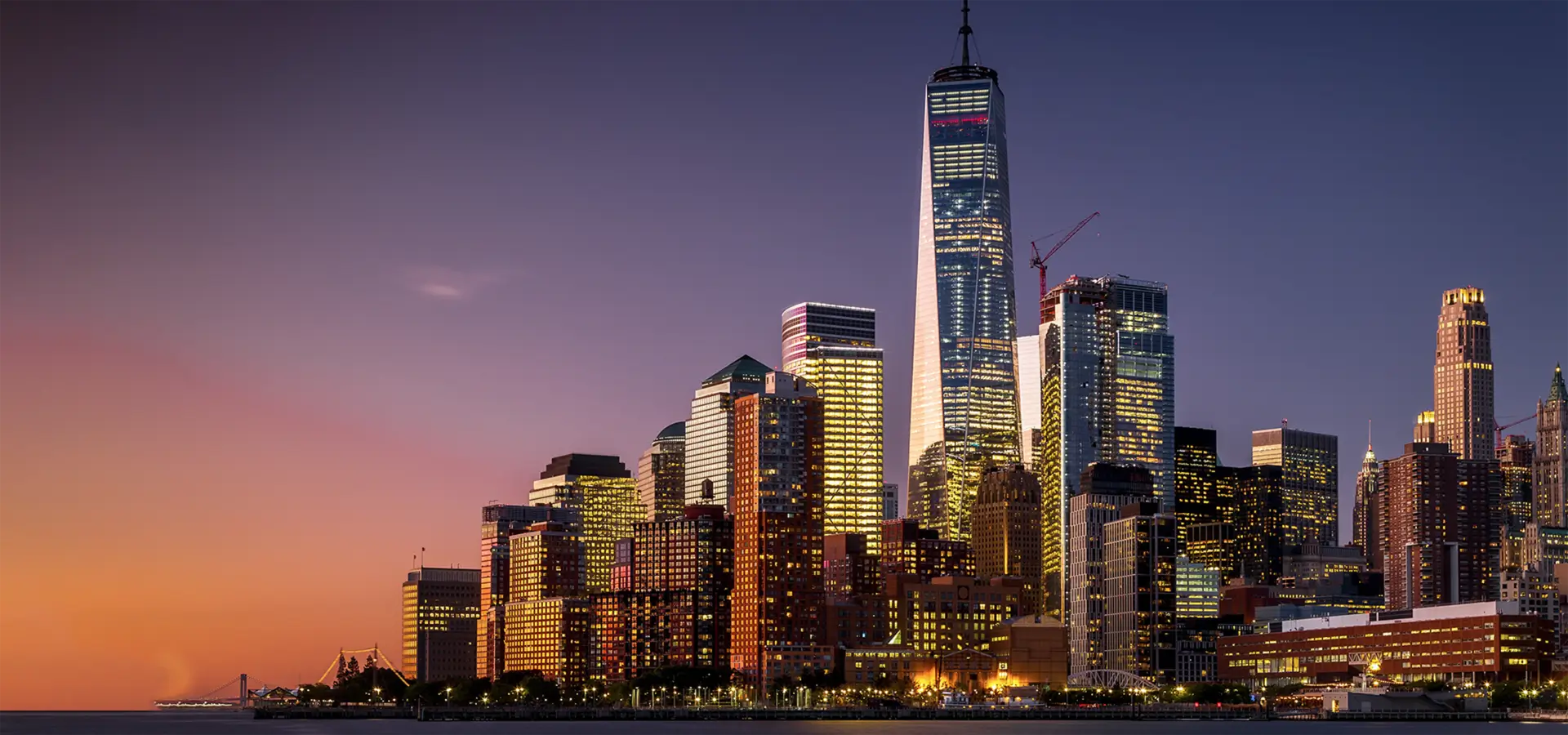

The Allure of Colored Float Glass
Colored float glass, a captivating material widely used in architecture and design, has transformed the way we perceive and interact with our environments. This type of glass is created through a unique process that involves floating molten glass on top of molten tin, which allows it to form a smooth, even surface. However, what truly sets colored float glass apart is the addition of various metal oxides during production. These oxides imbue the glass with a rich spectrum of colors, ranging from deep blues and radiant reds to earthy greens and subtle pastels.
The aesthetic appeal of colored float glass is undeniable. Architects and designers leverage its vibrant hues in both functional and decorative applications. Large glass facades become canvases of artistic expression, reflecting the changing light throughout the day and interacting with the surrounding nature. This vibrant material enhances the character of public buildings, homes, and commercial spaces, making them more inviting and lively. The use of colored glass can evoke emotions and create atmospheres, playing a crucial role in interior design.
Beyond its beauty, colored float glass offers practical benefits as well. It provides excellent light transmission while allowing for varying degrees of privacy. For instance, frosted or tinted colored glass can serve as an effective barrier while still illuminating a space with natural light. This dual functionality is particularly valuable in urban settings where privacy is often a concern. Moreover, colored float glass can be treated to improve its thermal efficiency, helping to regulate indoor temperatures, thus contributing to energy savings.

The environmental aspects of colored float glass also merit attention. As sustainability becomes increasingly vital in modern architecture, many manufacturers are investing in eco-friendly production methods. This includes using recycled materials in the glass-making process and developing techniques to minimize waste and energy consumption. Some companies are even focusing on creating glass that harnesses solar energy, effectively transforming building surfaces into functional energy sources.
Another fascinating aspect of colored float glass is its versatility. It can be cut, shaped, and coated to suit a multitude of applications. From stunning stained glass windows that narrate stories and pay homage to tradition, to sleek modern designs used in furniture and installations, the possibilities are virtually limitless. Artists are embracing colored glass as a medium for sculptures and installations, using its transparency and color dynamics to explore themes of light and shadow.
In the world of color psychology, colored float glass holds profound significance. Different colors can evoke various emotions and reactions. For example, blue glass can create a sense of calm and tranquility, while red may stimulate energy and passion. By using colored float glass strategically, designers can influence the ambiance and mood of a space significantly. This emotional aspect is particularly important in settings such as hospitals and educational institutions, where the environment can impact well-being and productivity.
In conclusion, colored float glass is more than just a beautiful material; it is a versatile and functional element in modern architecture and design. Its ability to blend aesthetics with practicality, coupled with its environmental benefits and emotional implications, makes it an invaluable resource. Whether adorning the exterior of a skyscraper or enhancing the interior of a cozy home, colored float glass continues to inspire creativity and innovation. As we advance into the future, it is likely that this exquisite material will play an even more prominent role in shaping our built environments.